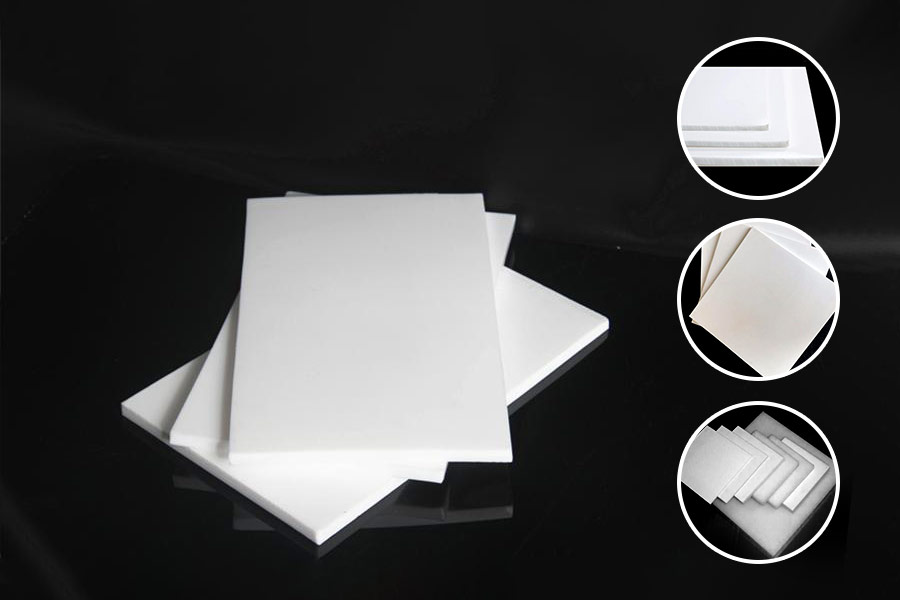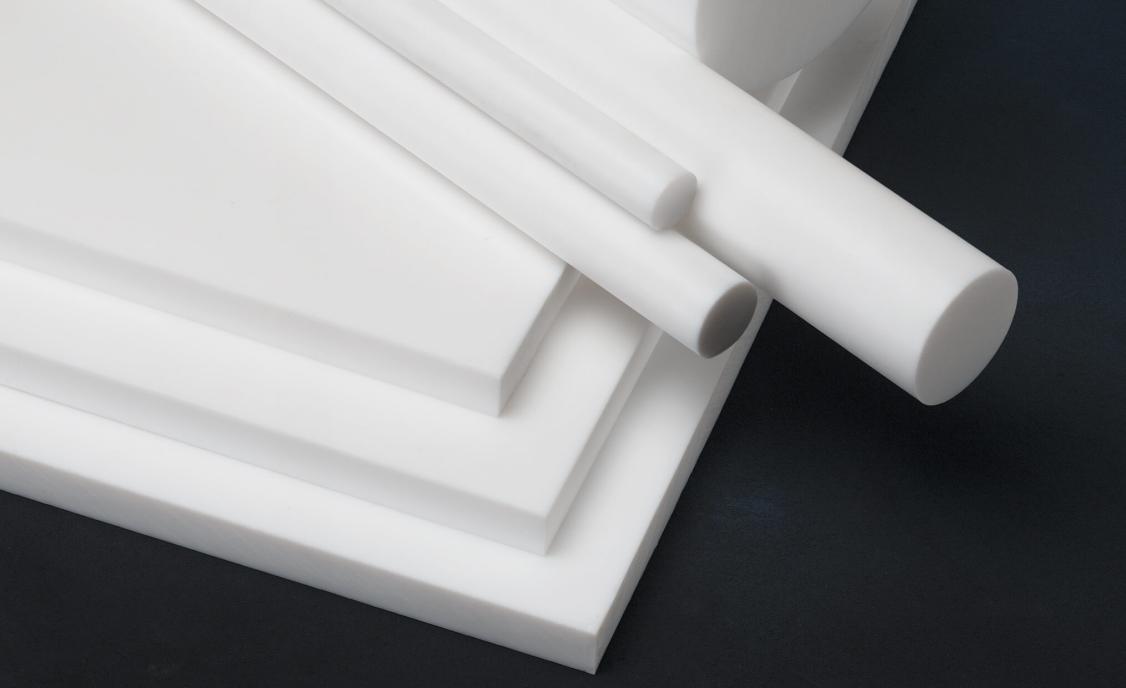Advantages of polytetrafluoroethylene (PTFE)
1. Basic introduction and characteristics of PTFE
Polytetrafluoroethylene (PTFE), also known as Teflon, is often referred to as the "King of Plastics." It is a high molecular compound formed by polymerizing tetrafluoroethylene. PTFE has excellent chemical stability, corrosion resistance (one of the best materials for corrosion resistance, except for molten sodium and liquid fluorine, it can withstand all other chemicals without any change, even when boiled in aqua regia), sealing properties, high lubricity, non-stick properties, electrical insulation, and good resistance to aging and temperature (can work long-term in temperatures ranging from -180°C to +250°C). PTFE itself is non-toxic to humans, but one of the raw materials used in its production, perfluorooctanoic acid (PFOA), is considered to have potential carcinogenic effects.
Temperature: -20°C to 250°C (-4°F to +482°F), allowing for rapid temperature changes or alternating hot and cold operations.
Pressure: -0.1 to 6.4 Mpa (full vacuum to 64kgf/cm2).
2. Development of PTFE in China
The development of PTFE has solved many problems in China's chemical, petroleum, and pharmaceutical industries. PTFE seals, gaskets, and washers are made by molding suspension polymerized PTFE resin. Compared to other plastics, PTFE has excellent chemical resistance. It is widely used as a sealing and filling material.
PTFE is used as an engineering plastic and can be made into pipes, rods, sheets, and films. It is commonly used in corrosion-resistant pipelines, containers, pumps, valves, as well as in radar equipment, high-frequency communication devices, and radio equipment. PTFE dispersions can be used as insulation impregnating liquids for various materials and as anti-corrosion coatings for metal, glass, and ceramics. Various PTFE rings, gaskets, and packings are widely used in various types of corrosion-resistant pipeline flange seals. Additionally, PTFE can be used for wire drawing and PTFE fibers, also known as fluorocarbon fibers or Teflon fibers, are used in various applications.
Currently, various PTFE products play a crucial role in China's national economy, including the chemical, machinery, electronics, electrical appliances, military, aerospace, environmental protection, and bridge sectors.
3. Advantages of PTFE:
PTFE is used in industries such as chemical, petrochemical, oil refining, chlor-alkali, acid production, phosphate fertilizer, pharmaceuticals, pesticides, chemical fibers, dyeing and finishing, coking, gas, organic synthesis, non-ferrous metallurgy, steel, atomic energy, and the production of high-purity products (such as ion membrane electrolysis). It is also used in the transportation and handling of viscous materials and in food and beverage processing sectors with strict sanitary requirements.
- High temperature resistance: Can work at temperatures up to 250°C.
- Low temperature resistance: Retains good mechanical toughness even at -196°C, with a 5% elongation rate.
- Corrosion resistance: Resistant to most chemicals and solvents, exhibiting inertness and resistance to strong acids, strong bases, water, and various organic solvents.
- Weather resistance: Has the best aging resistance among plastics.
- High lubricity: Lowest friction coefficient among solid materials.
- Non-adhesive: Lowest surface tension among solid materials, does not adhere to any substance.
- Non-toxic: Physiologically inert, can be implanted in the human body as artificial blood vessels and organs without adverse reactions.
4. Molecular Structure and Properties of Polytetrafluoroethylene (PTFE)
Polytetrafluoroethylene has a relatively large molecular weight, ranging from several hundred thousand to over ten million (compared to polyethylene, which is in the range of thousands). It has a crystallinity of 90-95% and a melting temperature of 327-342°C. The CF2 units in the PTFE molecule are arranged in a zigzag pattern. Due to the slightly larger size of fluorine atoms compared, the adjacent CF2 units cannot be completely but form a twisted chain, with fluorine atoms covering almost the entire surface of the polymer chain. This molecular structure explains the various properties of PTFE. At temperatures below 19°C, it forms a 13/6 helix, and at 19°C, it undergoes a phase transition, slightly opening up the molecules to form a 15/7 helix.
5. Thermal Stability and Decomposition of Polytetrafluoroethylene (PTFE)
Although breaking carbon-carbon bonds and carbon-fluorine bonds in perfluorocarbons requires energy absorption of 346.94 and 484.88 kJ/mol, respectively, only 171.38 kJ of energy is required to depolymerize one mole of PTFE into tetrafluoroethylene. During high-temperature decomposition, PTFE mainly depolymerizes into tetrafluoroethylene. The weight loss rates of PTFE at 260, 370, and 420°C are 1×10-4, 4×10-3, and 9×10-2 per hour, respectively. Therefore, PTFE can be used at temperatures up to 260°C for an extended period. However, caution should be exercised due to the toxic byproducts, such as fluorine gas and perfluoroisobutene, produced during high-temperature decomposition, and direct contact with open flames should be avoided.






